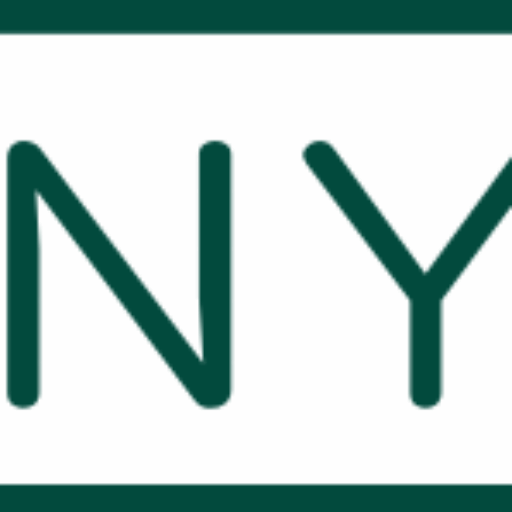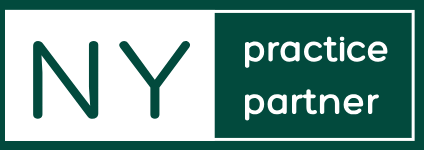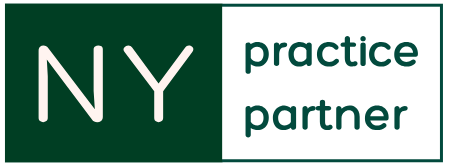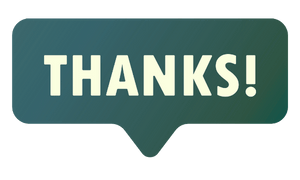Have you ever wondered if your professional credentials meet the necessary standards for your field? Imagine being a nurse or a teacher worried about whether your certifications are current. What are credentialing requirements, and why are they so important? This guide will explain the entire credentialing process in simple language. We will cover the basics, offer clear solutions, and provide helpful insights. Whether you are new to professional credentialing or need a refresher on licensure, this article has you covered.
What Are Credentialing Requirements?
Credentialing requirements are the standards and processes used by organizations to verify that professionals have the proper education, training, and experience. These requirements are common in fields like healthcare, education, and finance, where quality and safety are essential.
Key Credentialing Guidelines:
- Verification of Education and Training:
Confirm that the professional has completed the necessary schooling and training programs. - Licensure and Certification Checks:
Ensure that the individual holds valid licenses and certificates for their field. - Background and Experience Review:
Check work history and any previous disciplinary actions to confirm expertise. - Ongoing Compliance Monitoring:
Regularly update and renew credentials to keep up with changing standards.
These steps are crucial for building trust and maintaining high standards in any profession.
Why Credentialing Requirements Matter
Following credentialing guidelines has many benefits:
- Improved Safety and Quality:
Organizations that follow strict credentialing standards report fewer errors and better outcomes. For example, a 2023 study by the Healthcare Information and Management Systems Society (HIMSS) showed that 87% of healthcare providers experienced improved patient outcomes with proper credentialing. - Enhanced Trust:
Clients and patients feel more secure when they know professionals meet established standards. - Reduced Legal Risks:
Maintaining up-to-date credentials can help avoid legal issues and protect your career.
Step-by-Step Credentialing Process

Here is a simple, step-by-step guide to help you meet credentialing requirements:
1. Initial Documentation and Application
- Gather All Necessary Documents:
- Educational Degrees: Certificates or diplomas that prove your education.
- Professional Certifications: Proof of specialized training.
- Licensure Documents: Valid licenses required by your industry.
- Work History: A clear record of your professional experience.
- Complete Your Application:
Fill in every required field carefully and attach all the necessary documents. A complete application speeds up the verification process.
2. Verification of Credentials
- Third-Party Verification:
Use accredited agencies or online tools to confirm the authenticity of your credentials. - Internal Review:
Your organization should cross-check all the documents to ensure they meet credentialing standards.
3. Ongoing Compliance and Monitoring
- Regular Updates:
Set reminders for renewing your licenses and certifications. Update your documents before they expire. - Continuous Training:
Stay current with your field by attending training programs and continuing education. - Use a Credentialing Checklist:
A simple checklist can help track deadlines and required updates, ensuring nothing is missed.
Advanced Credentialing Strategies
After mastering the basic steps, consider these advanced strategies to further streamline your credentialing process:
- Automated Systems:
Software solutions can track your credentialing status and send alerts when updates are needed. - Regular Audits:
Schedule periodic audits to review your credentialing process and ensure it meets current industry standards. - Benchmarking:
Compare your credentialing practices with industry standards and guidelines. This helps you identify areas for improvement and maintain best practices.
Conclusion
Credentialing requirements are essential for ensuring that professionals are qualified and safe to practice in their fields. This guide has explained the process in plain, simple language—from gathering initial documents to ongoing compliance and advanced strategies. By following these steps, you can build a robust credentialing process that meets industry standards and helps protect your career.
Read a Related article about What Is the Purpose of Credentialing in Healthcare?








